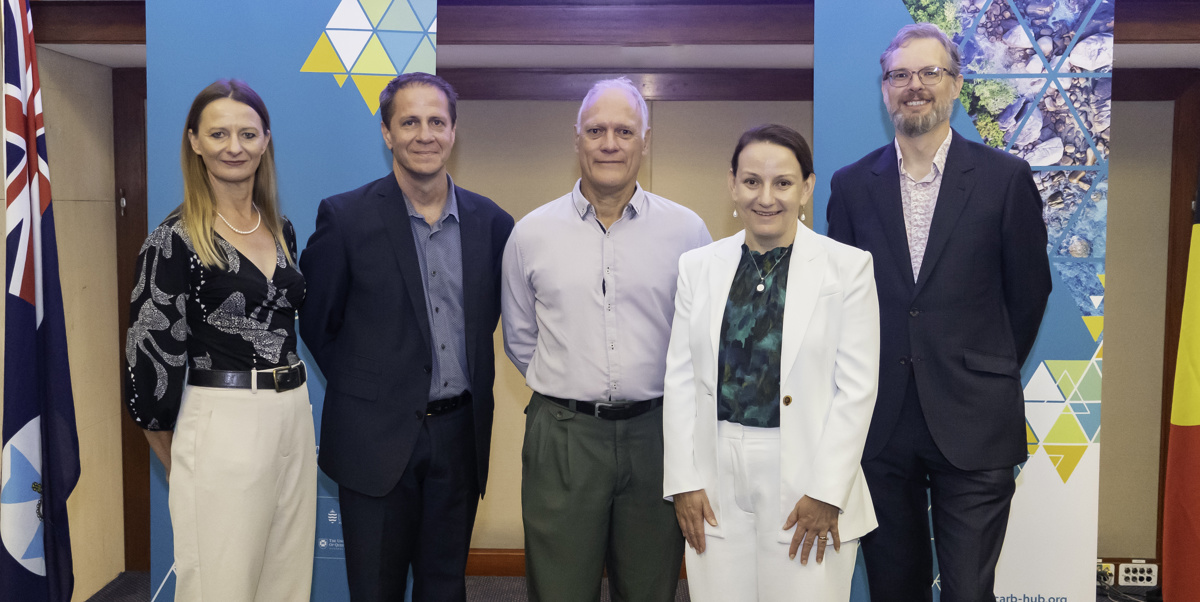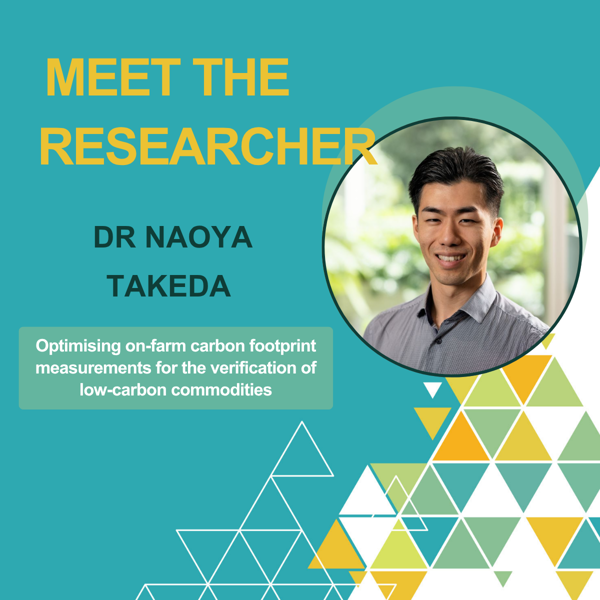A Decarb Hub has been formed in Queensland to bring together research experts, government, industry, and communities to help meet the state’s climate targets to boost renewable energy sources and achieve net zero by 2050.
The Queensland Decarbonisation Hub was officially launched by Minister for Climate and Clean Economy Jobs, the Hon. Mick de Brenni and Queensland Chief Scientist and Steering Committee Chair Professor Kerrie Wilson.
Funded by the Queensland Government, the Hub brings together 7 universities to drive research and innovation efforts to meet targets in the Queensland Climate Action Plan.
Hub Coordinator, Professor Greg Marston from The University of Queensland, said the collaborative approach would bring together industry, communities and traditional owners to share knowledge and perspectives to support the state’s transition.
“There is a significant social and economic case for rapid emissions reduction, and a huge amount of effort underway to develop technologies to help achieve it,” Professor Marston said.
“The path to net zero is much more than a technology story – it's about people, places and ensuring that our communities have a say in the solutions and options on the table.
“Through the hub, we’ll work with urban and regional communities to create strategies that support their economic growth, create local jobs, and protect the environment.”
Research will focus on three themes:
- Understanding Queensland’s decarbonisation capabilities, to map the technologies, finance and other tools that are available
- Developing and assessing nature-based solutions and environmental integrity, to harness natural infrastructure and processes; and
- Supporting economic transformation in regional communities.
Partnering universities include CQUniversity Australia, Griffith University, James Cook University, QUT, University of Southern Queensland, University of the Sunshine Coast and UQ.
In addition to working directly with stakeholders, the hub is supported by an Advisory Committee with representatives from industry, state and local government, First Nations and community groups.
 Minister for Energy and Clean Economy Jobs, the Hon. Mick de Brenni officially launches the Queensland Decarb Hub
Minister for Energy and Clean Economy Jobs, the Hon. Mick de Brenni officially launches the Queensland Decarb Hub
 Qld Decarb Hub lead researchers from left A/Prof Felicity Deane (QUT), Prof Greg Marston (UQ & Hub Coordinator), Prof Allan Dale (JCU), and Dr Ed Morgan (right) with Queensland Chief Scientist & Hub Steering Committee Chair, Professor Kerrie Wilson (second from right)
Qld Decarb Hub lead researchers from left A/Prof Felicity Deane (QUT), Prof Greg Marston (UQ & Hub Coordinator), Prof Allan Dale (JCU), and Dr Ed Morgan (right) with Queensland Chief Scientist & Hub Steering Committee Chair, Professor Kerrie Wilson (second from right)













